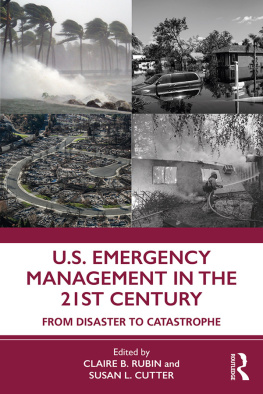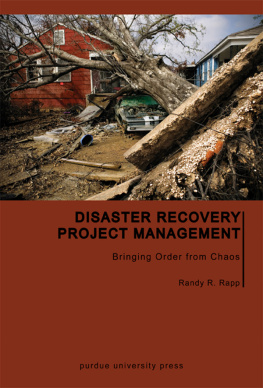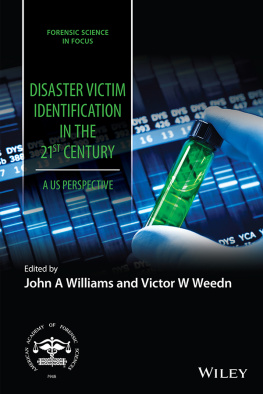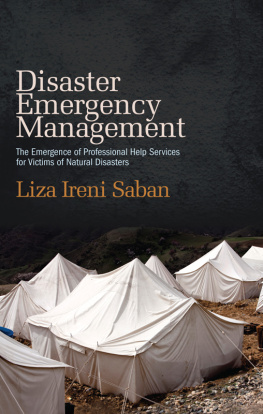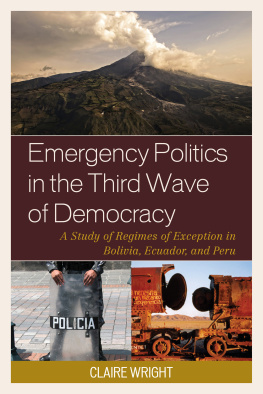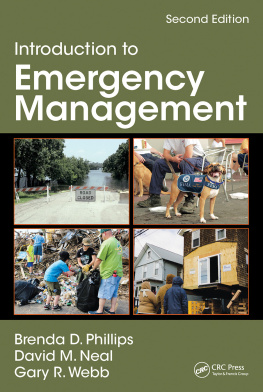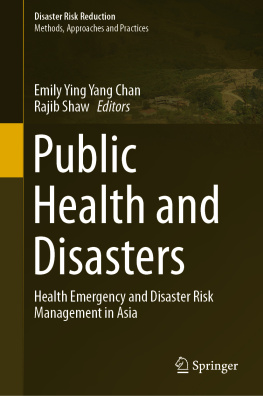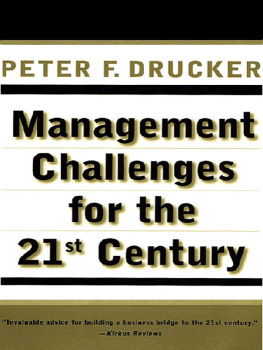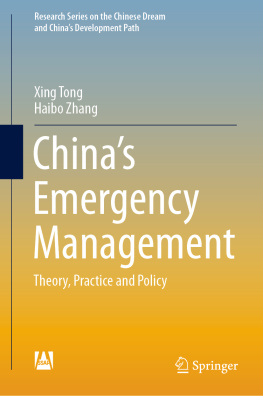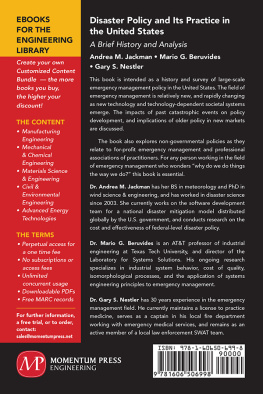This wonderful, important book is timely. Catastrophic disasters do not just happen; they are made. Based on careful presentation of facts and development case studies on disaster recovery, U.S. Emergency Management in the 21st Century discloses why loss to disasters is growing, even though research over the past few decades has improved our understanding of the causes of loss. This book thoughtfully proposes how remedies might be pursued. A must read.
Philip Berke, Research Professor, UNC Coastal Resilience Center, University of North Carolina at Chapel Hill
Disasters are deeply personal, disrupting and displacing families. This team drills into the full range of human experiences amid natural disasters, laying out the critical questions our Nation must answer as the weirdness of climate marches forward.
Roy Wright, President & CEO, Insurance Institute for Business & Home Safety
U.S. Emergency Management in the 21st Century, edited by Rubin and Cutter (two of the most influential voices in disaster science and emergency management of our time) and sporting an impressive, multi-disciplinary line up of chapter authors, is an indispensable, well-chosen collection of studies that manages not only to drill down deeply in examining some of the major disaster events since the turn of the millennium, but also to place them in a broader historical, scientific, socio-technical and political context. This volume provides unique insights into the practical and scientific challenges faced by the United States government, communities, and academia over the last two decades. The volume highlights the disruptive and deeply unfortunate impacts of inequality, mounting political division and political-administrative turbulence and points to the urgency of changing course for a more sustainable and resilient future.
Eric Stern, Professor of Political Science, College of Emergency Preparedness, Homeland Security, & Cybersecurity, University at Albany
U.S. Emergency Management in the 21st Century
U.S. Emergency Management in the 21st Century: From Disaster to Catastrophe explores a critical issue in American public policy: Are the current public sector emergency management systems sufficient to handle future disasters given the environmental and social changes underway? In this timely book, Claire B. Rubin and Susan L. Cutter focus on disaster recovery efforts, community resilience, and public policy issues related to recent disasters and what they portend for the future.
Beginning with the external societal forces influencing shifts in policy and practice, the next six chapters provide in-depth accounts of recent disasters the Joplin, Tuscaloosa-Birmingham, and Moore tornadoes, Hurricanes Sandy, Harvey, Irma, Maria, and the California wildfires. The book concludes with a chapter on loss accounting and a summary chapter on what has gone right, what has gone wrong, and why the federal government may no longer be a reliable partner in emergency management.
Accessible and clearly written by authorities in a wide range of related fields with local experiences, this book offers a rich array of case studies and describes their significance in shifting emergency management policy and practice in the United States during the past decade. Through a careful blending of contextual analysis and practical information, this book is essential reading for students, an interested public, and professionals alike.
Claire B. Rubin has more than 40 years of experience in the field of emergency management, having worked as an independent researcher, academic, practitioner, and consultant. As a consultant, she has worked for many organizations private, nonprofit, and government. Her work includes basic and applied research, the development and presentation of training programs; and the creation and operation of various information dissemination and utilization projects. From 19982014 Ms. Rubin was affiliated with the Institute for Crisis, Disaster, and Risk Management at The George Washington University in Washington, DC; she was a research associate and adjunct faculty member there. For the past nine years, she has maintained the blog RecoveryDiva.com. She has published about 100 articles and given many lectures at professional conferences. Rubin is the cofounder and former managing editor of The Journal of Homeland Security and Emergency Management, which is now in its 14th year of publication.
Susan L. Cutter is Carolina Distinguished Professor of Geography at the University of South Carolina and director of the Hazards & Vulnerability Research Institute. She is a nationally and internationally recognized scholar, having published more than 14 books and 175 refereed articles and book chapters. Her primary research interests are in the area of vulnerability and resilience science and how they influence place-based differences in disaster recovery. Cutter is an elected fellow of the American Association for the Advancement of Science (AAAS) and a former president of the American Association of Geographers (AAG) and the Consortium of Social Science Associations (COSSA). She served on many national advisory boards and committees, including those of the National Academies of Science, Engineering, and Medicine, National Institute of Standards and Technology, the National Science Foundation, and was a juror for the Rebuild by Design competition for Hurricane Sandy Recovery Projects. She also is an elected foreign member of the Royal Norwegian Society of Science and Letters. She received her masters and doctorate in geography from the University of Chicago.
First published 2020
by Routledge
52 Vanderbilt Avenue, New York, NY 10017
and by Routledge
2 Park Square, Milton Park, Abingdon, Oxon, OX14 4RN
Routledge is an imprint of the Taylor & Francis Group, an informa business
2020 Taylor & Francis
The right of Claire B. Rubin and Susan L. Cutter to be identified as the authors of the editorial material, and of the authors for their individual chapters, has been asserted in accordance with sections 77 and 78 of the Copyright, Designs and Patents Act 1988.
All rights reserved. No part of this book may be reprinted or reproduced or utilised in any form or by any electronic, mechanical, or other means, now known or hereafter invented, including photocopying and recording, or in any information storage or retrieval system, without permission in writing from the publishers.
Trademark notice: Product or corporate names may be trademarks or registered trademarks, and are used only for identification and explanation without intent to infringe.
Library of Congress Cataloging-in-Publication Data
A catalog record for this book has been requested
ISBN: 978-1-138-35465-4 (hbk)
ISBN: 978-1-138-35466-1 (pbk)
ISBN: 978-0-429-42467-0 (ebk)
Typeset in Adobe Caslon Pro
by Apex CoVantage, LLC
C ONTENTS
CLAIRE B. RUBIN
2 T IPPING P OINTS IN P OLICY AND P RACTICE
SUSAN L. CUTTER
3 A S T ORNADO O UTBREAKS B ECOME M ORE D EADLY , M AJOR C HANGES H APPEN
LUCY A. ARENDT, JANE CAGE, AND RENEE WHITE
4 H URRICANE S ANDY : T HE N EW Y ORK C ITY E XPERIENCE
DONOVAN FINN
5 H URRICANE H ARVEY : I SSUES FOR U RBAN D EVELOPMENT
ASHLEY D. ROSS
6 H URRICANE I RMA AND C ASCADING I MPACTS
CHRISTOPHER T. EMRICH, SERGIO ALVAREZ, CLAIRE CONNOLLY KNOX, ABDUL A. SADIQ, AND YAO ZHOU
7 C ALIFORNIA W ILDFIRES
DAVID CALKIN, KAREN SHORT, AND MEG TRACI

